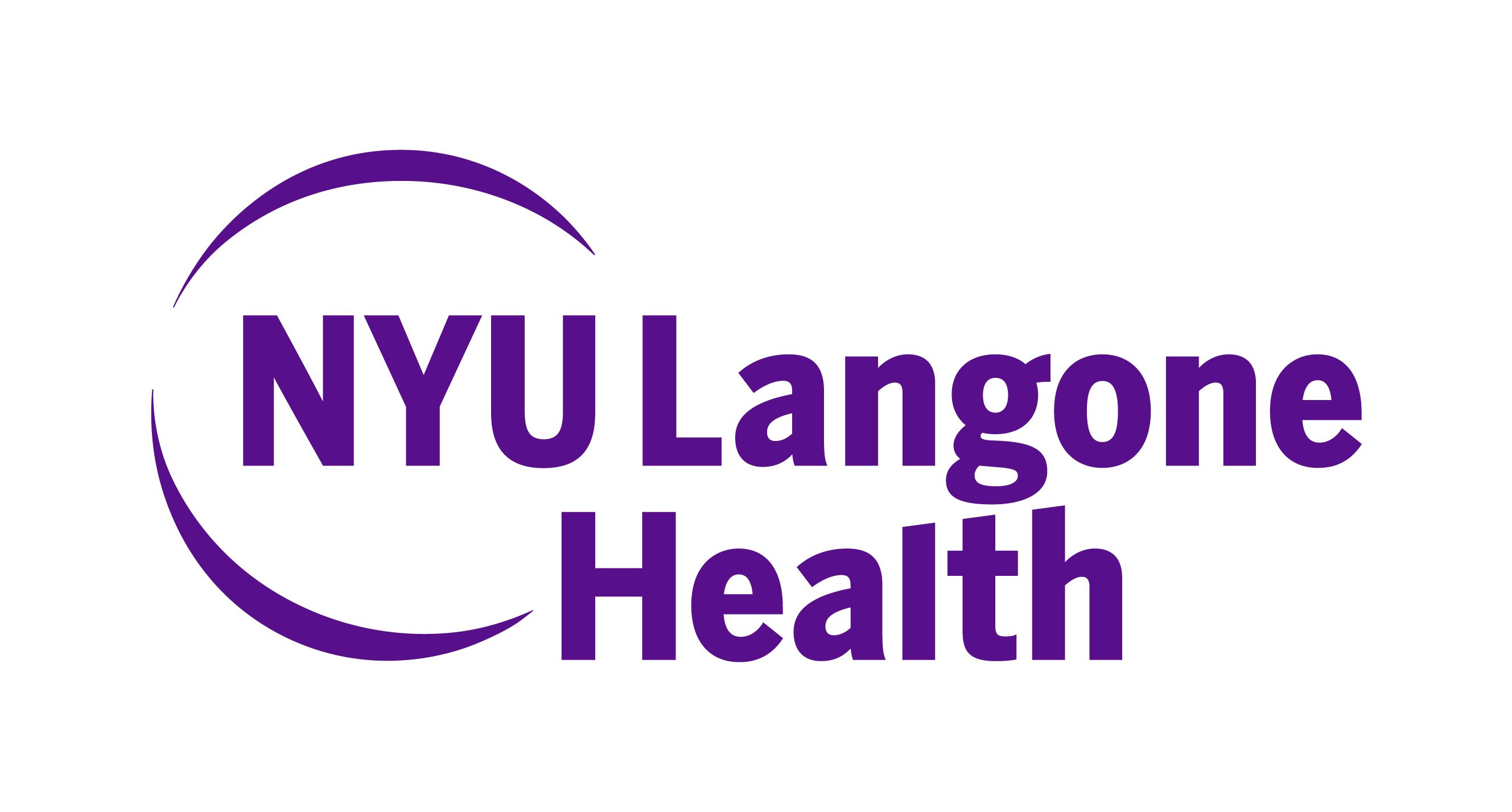
COVID-19 Associated With New Neurologic Disorders, Increased Risk of In-Hospital Mortality

Patients with neurologic disorders were more often older, male, white, hypertensive, diabetic, intubated, and had higher sequential organ failure assessment scores.
Data from a prospective study conducted by clinicians from the NYU Langone Grossman School of Medicine demonstrated patients with COVID-19 may be at risk for developing new neurologic disorders and were also associated with an increased risk of in-hospital mortality and decreased likelihood of discharge home.
Led by Jennifer Frontera, MD, professor of neurology, NYU Langone Grossman School of Medicine, the study observed that 606 of 4491 patients (13.5%) with COVID-19 hospitalized during the study timeframe developed a new neurologic disorder in a median of 2 days from COVID-19 symptom onset.
Among those newly diagnosed, the most commonly observed neurologic disorders were toxic/metabolic encephalopathy (6.8%), seizure (1.6%), stroke (1.9%), and hypoxic/ischemic injury (1.4%). Among patients with seizure, 34 of 74 (46%) had no prior history of seizure or epilepsy.
No patients reported with meningitis/encephalitis or myelopathy/myelitis referable to SARS-CoV-2 infection and 18 of 18 patients that underwent cerebrospinal fluid (CSF) analyses were reverse transcription polymerase chain reaction (RT-PRC) negative for SARS-CoV-2.
“In contrast to prior retrospective studies that focused on the conglomerate prevalence of non-specific neurologic symptoms (agitation, dysexecutive function, myalgia, dizziness, headache) along with neurologic diagnoses (e.g. stroke, seizures, Guillian-Barre syndrome etc.), we applied rigorous, standardized diagnostic criteria to identify the prevalence of specific neurologic diagnoses in a prospective fashion,” Frontera et al concluded.
Patients who were diagnosed with neurologic disorders after admission were significantly older, and more severely ill based on Sequential Organ Failure Assessment (SOFA) scores, intubation rates and acute renal failure rates. Additionally, patients who had neurologic disorders post-admission were more often diagnosed with stroke, hypoxic/ischemic brain injury, seizure, neuropathy, and myopathy (all P <.05).
Frontera and colleagues documented that patients diagnosed with neurologic disorders post-admission were less likely to be discharged home than those with events prior to, or at the time of admission. In total, 22% of those with neurologic disorder post admission (n = 180) were discharged compared to 38% of those with neurologic disorder pre-admit or at time of admission (n = 219).
After adjusting for age, sex, SOFA scores, intubation, past history, medical complications, medications and comfort-care-status, COVID-19 patients with neurologic disorders had increased risk of in-hospital mortality (hazard ratio [HR], 1.38; 95% CI, 1.17–1.62; P <.001) as well as previously mentioned decreased likelihood of discharge home (HR, 0.72; 95% CI, 0.63–0.85; P <.001).
In comparison to the 3885 patients with COVID-19 hospitalized without neurologic disorders, patients with neurologic disorders were significantly older (median age 71 vs 63 years), male (66% vs 57%), and white (63% vs 45%). Additionally, those patients also had significantly more common comorbidities including hypertension, diabetes, atrial fibrillation, venous thromboembolism and history of neurologic illness, compared to those without neurologic disorders.
Investigators found that the median time from first COVID-19 symptom, including fever, cough, nausea, vomiting, or diarrhea, to neurologic disorder onset was 2 days (interquartile range [IQR], 0–13). Furthermore, the median time from hospital admission to first neurologic symptom was –0.6 days (IQR, –1.8 to 4.1). Investigators concluded that the data indicates that most patients had neurologic symptoms prior to admission but after initial COVID-19 symptom onset.
Overall, 419 of 606 (69%) patients with COVID-19 who developed a new neurologic disorder were determined that they had symptoms prior to hospital admission.
Frontera and colleagues noted that 10 (2%) patients developed neurologic symptoms prior to traditional viral symptoms associated with COVID-19 (cough, shortness of breath, fever, sore throat, gastrointestinal abnormalities), while 263 (43%) developed neurologic and traditional COVID-19 symptoms at approximately the same time, and 326 (54%) developed neurological symptoms after traditional COVID-19 symptoms in a median of 12 days (IQR, 5–22).
Of the 326 patients who developed neurologic disorders after COVID-19 symptom onset, 172 (53%) had neurologic disorder onset while hospitalized.
Median hospital length of stay (9.8 vs 5.9 days) and ventilator days (11.8 versus 5.0) were longer among those with neurologic disorders compared to those without (both P <.001). Corticosteroid use was independently associated with a reduced risk of in-hospital mortality (adjusted hazard ratio [aHR], 0.81; 95% CI, 0.69–0.95; P = .009).
REFERENCE
Frontera J, Sabadia S, Lalchan R, et al. A prospective study of neurologic disorders in hospitalized COVID-19 patients in New York City. Neurology. Published online October 5, 2020. doi: 10.1212/WNL.0000000000010979
Newsletter
Keep your finger on the pulse of neurology—subscribe to NeurologyLive for expert interviews, new data, and breakthrough treatment updates.




















